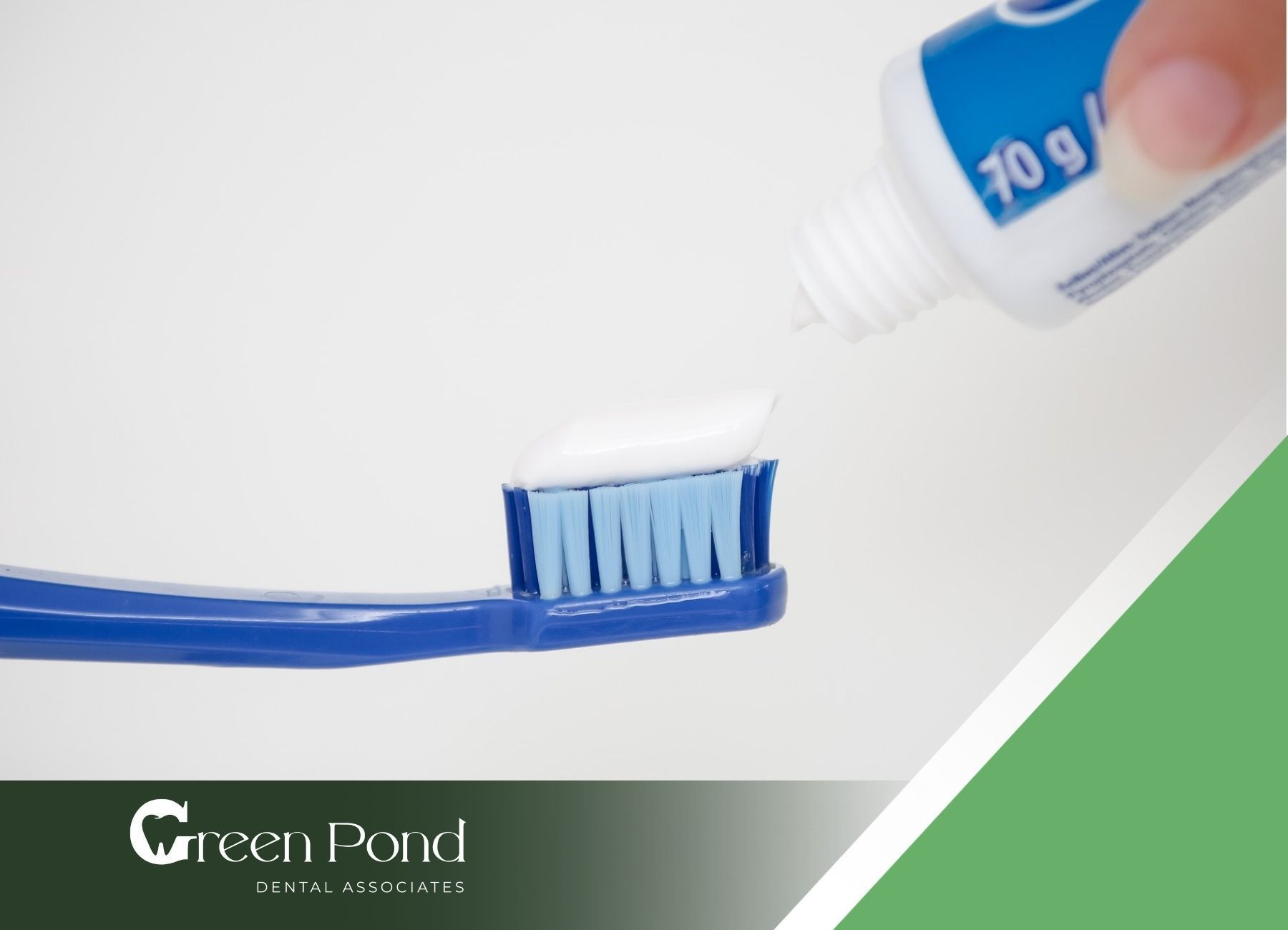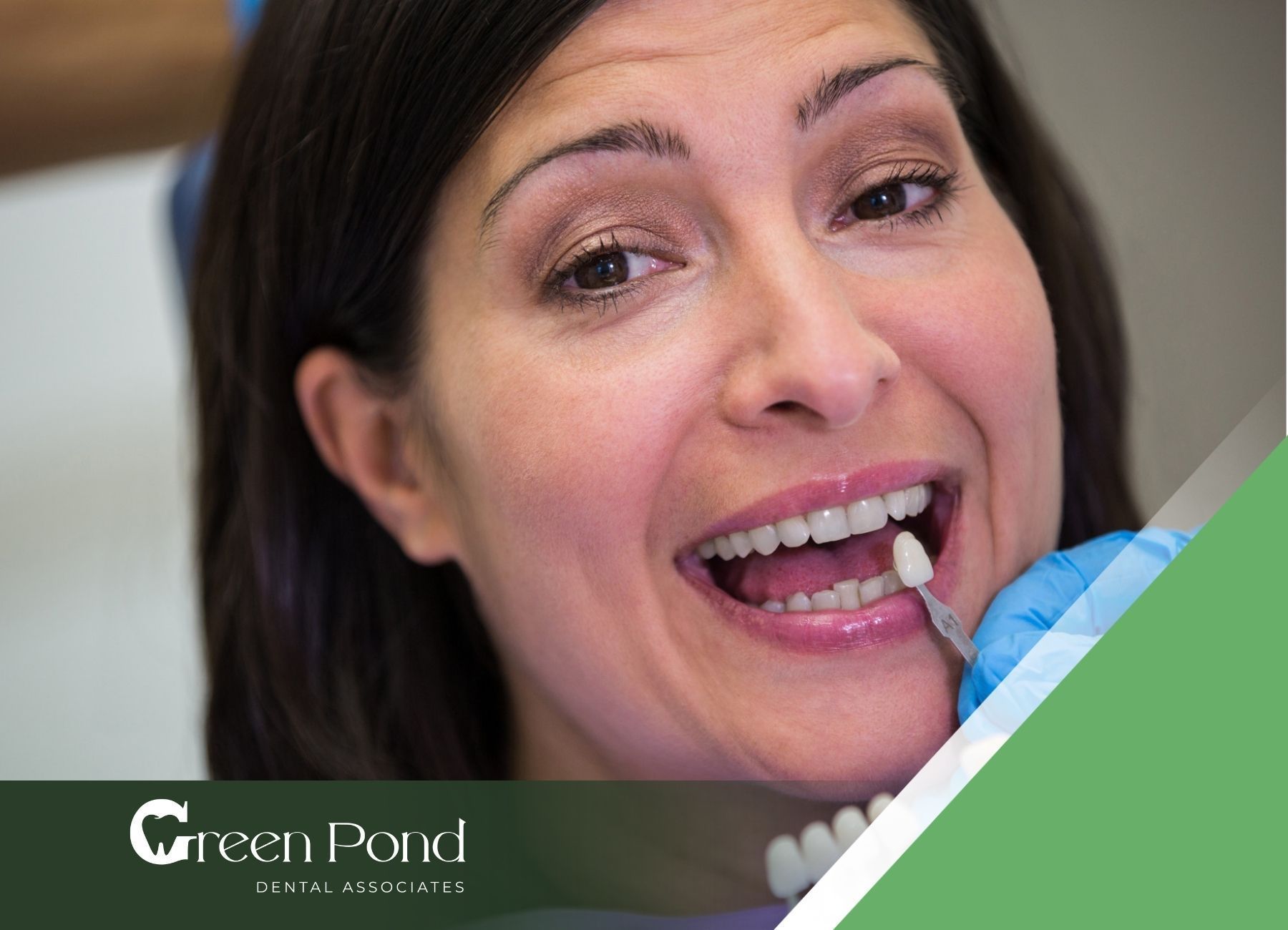Wisdom Teeth Removal Procedure: What to Expect
Wisdom teeth, also known as third molars, are the last set of teeth to erupt in the mouth. They typically appear between the ages of 17 and 25, and for some people, they can cause a variety of problems. Wisdom teeth may become impacted, meaning they don't have enough room to fully emerge from the gums. This can lead to pain, infection, and damage to surrounding teeth. In such cases, wisdom tooth removal surgery may be necessary.
Understanding Wisdom Teeth and the Need for Removal
The main reason for wisdom teeth removal is the lack of sufficient space in the mouth to accommodate these additional molars. This can lead to a variety of issues, including tooth decay, gum disease, and damage to surrounding teeth. In such cases, the removal of wisdom teeth becomes necessary to maintain oral health and prevent further complications.
The Role of Wisdom Teeth in Oral Health
Wisdom teeth are located at the back of your mouth and can be difficult to clean properly. This can make them more susceptible to tooth decay and gum disease. The position of wisdom teeth also makes them hard to reach with a toothbrush and floss, increasing the risk of plaque buildup and bacterial growth.
Furthermore, the eruption of wisdom teeth can put pressure on the surrounding gum tissue, causing discomfort and swelling. If left untreated, this can lead to infection and more serious oral health issues.
Removing wisdom teeth can help alleviate these problems and prevent potential complications. By removing the third molars, you can maintain better oral hygiene and reduce the risk of tooth decay, gum disease, and other
dental problems.
Common Reasons for Wisdom Teeth Removal
There are several common reasons why wisdom teeth may need to be removed. One of the main reasons is the lack of enough space in the mouth to accommodate these extra molars. This can lead to crowding, misalignment, and damage to the surrounding teeth.
Another common reason for wisdom tooth removal is the increased risk of tooth decay and gum disease. Wisdom teeth are difficult to clean properly, making them more prone to plaque buildup and bacterial infection. Removing these teeth can help reduce the risk of oral health issues and maintain good dental hygiene.
In some cases, impacted wisdom teeth can cause pain, swelling, and discomfort. They can also contribute to the development of cysts or infection in the surrounding gum tissue. Removing the impacted wisdom teeth can alleviate these symptoms and prevent further complications.
Preparing for Your Wisdom Teeth Removal Surgery
Before undergoing wisdom teeth removal surgery, there are several important pre-surgery instructions and tips to follow. These instructions may vary depending on the type of anesthesia being used, such as general anesthesia or local anesthesia.
Consultation and Diagnosis
During the consultation with the oral surgeon, they will conduct a thorough examination of your oral health and specifically assess the condition of your wisdom teeth. This may involve taking X-rays to get a clear view of the teeth, including their position and alignment.
Based on the examination and X-rays, the oral surgeon will determine whether wisdom teeth removal is necessary and develop a treatment plan tailored to your specific needs. They will also discuss any potential risks or complications associated with the surgery and answer any questions you may have.
The consultation phase is an important step in the wisdom teeth removal process as it allows the oral surgeon to gather the necessary information to ensure a safe and successful surgery. It also provides an opportunity for you to discuss any concerns or preferences you may have regarding the procedure.
Pre-Surgery Instructions and Tips
In general, it is important to follow any fasting instructions provided by your oral surgeon. This typically involves refraining from eating or drinking anything, including water, for a certain period of time before the surgery. Fasting helps to ensure that your stomach is empty and reduces the risk of complications during the procedure.
In addition, your oral surgeon may provide instructions regarding the use of medications before the surgery. It is important to follow these instructions closely to ensure the best possible outcome. If you have any concerns or questions about the medications, be sure to discuss them with your oral surgeon before the surgery.
The Wisdom Teeth Removal Procedure
The procedure is typically performed under anesthesia to ensure the patient's comfort and minimize pain during the surgery. Find out more below:
Anesthesia Options and Their Effects
There are several anesthesia options available for wisdom teeth removal, including general anesthesia, local anesthesia, nitrous oxide (laughing gas), and sedation. Each option has its own effects and considerations.
- General anesthesia: This involves putting the patient to sleep and is typically used for complex cases or patients with severe dental anxiety. The patient will be completely unconscious and unaware during the procedure.
- Local anesthesia: This numbs the area around the wisdom tooth and is typically used for less complex cases. The patient remains awake but does not feel pain during the procedure.
- Nitrous oxide: Also known as laughing gas, this is a form of conscious sedation that helps relax the patient during the procedure. It is typically used in combination with local anesthesia.
- Sedation: This involves the use of medication to help the patient relax and feel drowsy during the procedure. It can be administered orally or intravenously, depending on the patient's needs.
Step-by-Step Procedure Overview
The wisdom teeth removal procedure typically involves several steps to ensure a safe and successful surgery. The following is a step-by-step overview of the procedure:
- Anesthesia: The patient is given anesthesia to numb the area and keep them comfortable during the procedure. This can be general anesthesia, local anesthesia, or a combination of both.
- Incision: The oral surgeon makes an incision in the gum tissue to expose the wisdom tooth and surrounding bone.
- Tooth extraction: The tooth may be removed in one piece or in sections, depending on its position and complexity. The oral surgeon uses specialized instruments to carefully remove the tooth from its socket.
- Cleaning and closure: The extraction site is thoroughly cleaned to remove any debris or bacteria. In some cases, stitches may be used to close the incision and aid in healing.
- Recovery: The patient is monitored in a recovery room until they are stable and ready to go home. They will be given post-operative instructions and medication to manage any discomfort or swelling.
Post-Surgery: The First 24 Hours
After wisdom teeth removal surgery, the first 24 hours are crucial for proper healing and recovery. During this time, it is important to take certain precautions to ensure a smooth recovery process.
Immediate Aftercare and Managing Discomfort
Immediately after wisdom teeth removal surgery, it is important to take certain steps to ensure proper healing and manage discomfort. Here are some immediate aftercare tips to follow:
- Protect the blood clot: To prevent the formation of dry sockets, it is crucial to avoid rinsing the mouth vigorously or using a straw. These actions can dislodge the blood clot and delay the healing process. Instead, gently rinse the mouth with warm salt water after meals to keep the area clean.
- Apply ice pack: To reduce pain and swelling, apply an ice pack to the outside of the cheek in the area of the surgery. This can help alleviate discomfort and promote healing. Use the ice pack for 20 minutes at a time, with breaks in between.
- Take prescribed pain medication: The oral surgeon may prescribe pain medication to manage discomfort after the surgery. It is important to take the medication as directed and avoid over-the-counter pain relievers unless recommended by the oral surgeon.
- Avoid strenuous activities: Physical activities that increase blood flow and heart rate should be avoided for the first few days after surgery. This includes heavy lifting, vigorous exercise, and bending over.
- Minimize swelling: To reduce swelling, keep your head elevated while resting and use an extra pillow at night. This can help reduce fluid buildup and alleviate discomfort.
What to Eat and Avoid for Quick Recovery
Eating the right foods and maintaining proper hydration are important for a quick recovery after wisdom teeth removal. Here are some tips on what to eat and avoid during the recovery period:
- Stick to soft foods: In the first few days after surgery, it is best to stick to a diet of soft foods that require minimal chewing. This includes foods such as mashed potatoes, yogurt, smoothies, soup, and applesauce. Avoid hard or crunchy foods that can irritate the extraction site.
- Stay hydrated: Proper hydration is crucial for optimal healing. Be sure to drink plenty of fluids, such as water or diluted fruit juice, to stay hydrated. Avoid carbonated or caffeinated beverages, as they can irritate the extraction site.
- Avoid smoking: Smoking can delay the healing process and increase the risk of complications. It is important to avoid smoking for at least 48 hours after surgery, if not longer.
- No straw usage: Using a straw can dislodge the blood clot and lead to dry sockets. It is important to avoid using a straw when drinking fluids during the recovery period.
Recovery Timeline and Tips
The recovery timeline after wisdom teeth removal can vary from person to person. However, here is a general overview of what to expect during the recovery process:
- Immediately after surgery: The patient is monitored in a recovery room until they are stable and ready to go home. Pain, swelling, and discomfort may be present.
- First few days: Swelling and discomfort are common during this time. The patient should rest, avoid strenuous activities, and follow the oral surgeon's post-operative instructions.
- First week: Swelling and discomfort should start to subside. The extraction site may still be tender, and stitches may need to be removed.
- Two to three weeks: Most of the swelling and discomfort should be gone by this time. The extraction site should be healing well, and the patient can gradually return to their normal activities.
- Complete healing: It can take up to six weeks for the extraction site to fully heal. Regular follow-up appointments with the oral surgeon are important to monitor the healing process and address any concerns.
Healing Process and Signs of Recovery
In the days following the surgery, it is normal to experience some swelling and discomfort, which can be managed with over-the-counter pain medications as prescribed by the surgeon. It is important to rest and take it easy during this time to allow the body to heal.
Activities to Avoid During Recovery
During the recovery period, it is important to avoid certain activities that can impede the healing process and increase the risk of complications. Strenuous activities, such as heavy lifting or intense exercise, should be avoided for at least a week to minimize the risk of excessive bleeding or reopening of the wounds.
Smoking should be avoided completely during the recovery period as it can delay the healing process and increase the risk of infection. The chemicals in cigarettes can also irritate the extraction sites and slow down the healing process.
Using a straw to drink or rinsing the mouth vigorously should also be avoided, as these actions can dislodge blood clots and delay the healing of the extraction sites. Instead, gently rinse the mouth with warm salt water as instructed by the oral surgeon to promote healing and maintain oral hygiene.
Conclusion
In conclusion, understanding the process of wisdom teeth removal can help alleviate any anxieties you may have. From pre-surgery preparations to post-operative care, being informed about what to expect can make the experience smoother. Remember to follow your dentist's recommendations closely for a successful recovery. If you have any concerns during the healing process, don't hesitate to reach out to your oral surgeon for guidance. Your oral health is essential, and taking care of your wisdom teeth removal properly ensures a healthy smile for years to come.
At Green Pond Dental, we prioritize your comfort and care. Our experienced team is dedicated to providing comprehensive dental services, including wisdom teeth removal, in a supportive and professional environment. If you're considering wisdom teeth removal or have any questions about the procedure, contact Green Pond Dental today. Let us help you maintain a healthy, beautiful smile for life.
Frequently Asked Questions
Is wisdom teeth removal painful?
Wisdom teeth removal is typically performed under anesthesia, ensuring a pain-free experience during the procedure. After the surgery, some discomfort and swelling can be expected, but this can be managed with over-the-counter pain medications as prescribed by the oral surgeon. Applying an ice pack to the face can also help reduce swelling and discomfort.
How long does the recovery process take?
The recovery process after wisdom tooth removal can vary from person to person. In general, most people can resume normal activities within a day or two after the surgery. Swelling and discomfort typically subside within a week, and the extraction sites can take up to six weeks to fully heal. It is important to attend any follow-up appointments the oral surgeon schedules to ensure proper healing and address any concerns.










